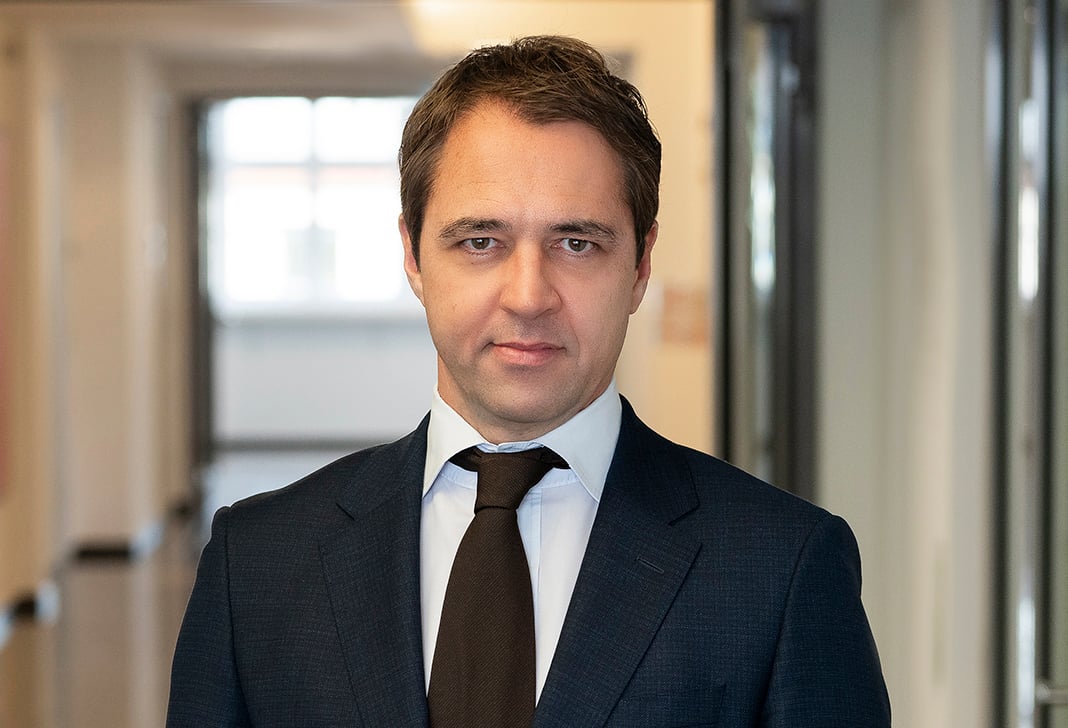
The UK Getty Trial: Key Takeaways on the AI/Copyright Case
In Short
The Situation: Getty Images ("Getty") alleged copyright infringement by Stability AI ("Stability"), including claims of direct copying during artificial intelligence ("AI") training and output generation, as well as secondary copyright infringement, trade mark infringement, and database right infringement.
The Development: During trial, Getty discontinued its primary copyright infringement and database right claims, focusing solely on trade mark infringement and secondary copyright infringement—specifically, whether AI models are "articles" or "infringing copies" under UK law.
Looking Ahead: The UK High Court's decision may have significant implications for UK copyright law's application to AI; however, legislative clarification on AI training, development, and cross-border enforcement is likely to lead the way in laying the groundwork for a framework on liability in this area.
Getty's Copyright Infringement: The Narrowing of the Case
The copyright dimension of Getty's case significantly evolved as the trial progressed. Initially, Getty advanced a broad suite of copyright claims, including primary infringement (alleging direct copying of its works during Stability's AI model training and output generation), secondary infringement (focusing on the importation and dealing in "infringing copies"), and database right infringement (covering its copyright and sui generis database-related rights). However, by the start of Getty's closing submissions, Getty had discontinued its claims for primary copyright infringement and all aspects of its database right infringement claim, leaving only the secondary copyright infringement claim in play (alongside the trade mark infringement and passing off claim).
This strategic narrowing reflects the formidable challenges Getty faced in proving that Stability's AI models, trained outside the UK, had directly copied or reproduced a "substantial part" of any specific Getty work within the jurisdiction.
In relation to the training and development claim, Stability has always maintained that this took place outside of the UK, despite several Stability employees residing in the UK during the training period. Since the technology was trained on cloud-based software, with no reported downloading occurring in the UK, Getty struggled to come up with the evidence to substantiate its claim and was unable to improve its position in cross-examination of Stability's employees, although notably Getty complained of gaps in Stability's disclosure which may have made this point more difficult to explore.
The output claim was already significantly reduced by the time trial had started. Again, cross examination played an important role here with expert evidence providing a helpful insight into the distinction between a derivative work and a reproduction which may have influenced Getty's decision to drop this part of the claim. Additionally, evidential difficulties in Getty's chain of title and ownership records may also have played a factor in the decision to withdraw this part of the claim.
Secondary Infringement
The focus of the copyright claim now rests solely on the secondary infringement claim, which raises two novel legal questions for the court to determine. First, whether Stable Diffusion is capable of being an "article" under sections 22 and 23 of the Copyright, Designs and Patents Act 1988 ("CDPA 1988"). Second, whether Stable Diffusion is capable of being an "infringing copy" within the meaning of section 27 of CDPA 1988.
In relation to the former question, Stability argues that Stable Diffusion cannot be considered to be an "article" since the statutory definition of such does not extend to intangible articles, as an "article" must be something which continues to retain a copy of the copyrighted work (such as a memory stick). In the alternative, Getty suggests that a broad statutory interpretation encompasses both tangible and intangible items, including software and AI models distributed electronically. It relies on the purposive approach to statutory construction, drawing on authorities such as Al-Thani v Al-Thani and the "always speaking" principle, which holds that statutes should be interpreted in light of technological developments unforeseen at the time of enactment.
Getty further invokes the reasoning of Laddie J in Sony v Ball, where it was held that even transient copies in RAM could constitute infringing articles, arguing that to exclude intangible digital models from the scope of secondary infringement would create an "absurd" loophole for modern technology to evade copyright protection. Stability offers an alternative interpretation to this case by highlighting that the making of an article encompasses the act of reproduction. Stability argues that unlike a RAM chip, which was deemed in Sony to be an infringing article for a "short time," the Stable Diffusion models never included a reproduction of Getty's copyright works (within the UK) and thus the models were never "infringing articles."
As expected, Stability's rebuttals also placed great emphasis on the factual evidence surrounding how its AI model is used within the UK, noting in its openings that "although a user may send prompts to SD models via DreamStudio from a device in the UK, the models remain overseas, where inference and output synthesis will take place. No copy of the SD models is ever provided to the user."
In relation to the making available argument, Stability admits that certain versions of Stable Diffusion were made available in the UK; however, it suggests that none of the acts are capable of a section 23 infringement on the grounds that the statute requires such acts to be physical ones.
The outcome of this part of the case will depend on how broadly Justice Joanna Smith is prepared to interpret secondary infringement within the CDPA 1988. In any event, we anticipate that an appeal will follow from either party, thus prolonging any clear signals from UK case law on the topic.
U.S. Cases
We have recently reported on two U.S. decisions (Bartz v. Anthropic and Kadrey v. Meta Platforms, Inc.) concerning allegations of copyright infringement in the context of AI training on rightsholders' books (see our Commentary).
While both AI developers were found to have met the fair use test, the judgments do not offer a decisive precedent on how AI companies can evade liability in their training and development processes, and we anticipate appeals for such decisions will follow shortly. Nonetheless, both decisions highlight the importance of factual evidence in such claims, which we consider a large factor that has also played out in Getty's refinement of its copyright case. From a legal practitioner's perspective, it highlights the importance of obtaining an effective disclosure and decisive witness evidence when constructing an AI infringement claim.
Conclusion
Despite the refined remit of Getty's copyright claim, the outcome will nonetheless provide a much-needed indication from the UK courts on how this jurisdiction approaches copyright law and AI technologies, particularly in the context of cross-border development and deployment.
Since this case will now only provide a determination on the secondary infringement claim, it is likely that AI developers and rights holders will need a further body of case law in order to clarify these issues, together with clarification from the UK government on the legislative parameters concerning the law on training and development of AI models. The outcome of the UK government's consultation on AI and copyright law is now urgently awaited and expected later this year. In any event, this area will be closely observed by intellectual property practitioners worldwide, who must navigate the requirements of extraterritorial laws such as the EU AI Act, alongside the inconsistencies that may arise with domestic legislation.
Three Key Takeaways
- Getty's copyright case was narrowed to secondary infringement, reflecting the difficulty it faced in proving direct copying by an AI model trained outside the UK.
- The legal definition of "article" and "infringing copy" for AI models remains a key focus of the case, with arguments over whether these terms can apply to intangible software.
- AI developers and rights holders will likely need to look to legislative developments in this area for immediate clarity on the legality of training and development of AI models.





